|
Its headwaters in the Bald Eagle State Forest severely impaired by acid precipitation and valleys below impacted by sedimentation and nutrient runoff, the Buffalo Creek became a prime target two decades ago for efforts by the Department of Environmental Protection to create a watershed alliance of local citizens who could help clean things up. “The DEP provided a grant through the Merrill Linn Conservancy, of which we are a subsidiary, of $5,000 in 2001 – and because of that in 2002, the Buffalo Valley Watershed Alliance was formed,” said the group’s current chairmain, David Staebler. “The first chairman was Jeff Bowers who was instrumental in getting things started and building momentum.” The alliance wasted no time in addressing issues facing the creek, including high acidity in the headwaters.
More recently, a study was published in the Journal for Fish and Wildlife Management assessing the reintroduction of American eels into Buffalo Creek.
“One of the things I found fascinating that I didn’t realize before is that eels are not able to get up to waters they used to frequent after they built dams like Conowingo. Naturalists were studying what happened as they bring eels up in pails to areas where they were before,” said Staebler. “An interesting thing is that these eels can carry a special kind of mussel called the Eastern elliptio, and when these mussels get into the streambed, they become natural cleaners of the waterway.” In doing more research, Staebler attended a talk about these mussel species and their prevalence in Buffalo Creek vs. the nearby Pine Creek. “They found that the mussels survive better in Pine Creek due to the sediment impairment in Buffalo Creek,” he said. While many watershed groups struggle for longevity as members age out and younger people fail to get involved, the Buffalo Creek Watershed Alliance is “fortunate in having a long succession of volunteers not only helping with projects, but also stepping up as managers and board members,” said Staebler. These volunteers have helped with many projects along the creek, including cleanup efforts that have removed “hundreds of tires” from the creek. “I think some people thought the tires would be good fish habitat, but it is not. In some areas, we have found tire dams built to create pools” which can also negatively impact a waterway, Staebler admitted. “We have also worked on cleaning up illegal dump sites, including more recently along Campbell Mill Road which runs along the floodplain for Buffalo Creek. There were two dumps there, and we managed to fill a 20-yard dumpster. We pulled out an old foosball game table, refrigerator covers and much more – it was a real mess.” Moving forward, the Buffalo Creek Watershed Alliance is looking for volunteers to act as stewards for streamside tree planting projects. “When any group does such a planting, the trees are young and there can be tubes or some other sort of protection around them,” said Staebler, adding that long-term success for these sort of plantings includes designated people to monitor and help the trees mature. We are looking for stewards who can take responsibility for one section of the project and check it at least four times a year, cleaning weeds away from the base of the tree, making sure animals haven’t invaded the spot, etc. It is a wonderful opportunity for someone who loves to be outdoors, who wants to protect our waterways and who truly wants to make a difference.” The Buffalo Creek Watershed Alliance is celebrating its 20th anniversary as part of a special event that runs from 12-5 p.m. on Saturday, April 9, at the Rusty Rail Brewing Company in Mifflinburg. “The Buffalo Creek Watershed Alliance part of the program will run from noon to probably 1 or 1:30,” said Staebler. “I have invited Ben Hayes from Bucknell University to share. He is an expert in the restoration of streams and the science and physics and chemistry of streams. He is also an expert in connecting with the public, so he’s perfectly placed to help us do this.” More information about the event – and about getting involved with the efforts to improve the waterway – can be found at the Buffalo Creek Watershed Alliance’s Facebook page.
1 Comment
5/25/2022 07:28:28 am
What an exquisite article! Your post is very helpful right now. Thank you for sharing this informative one.
Reply
Leave a Reply. |
AuthorsRiverkeeper John Zaktansky is an award-winning journalist and avid promoter of the outdoors who loves camping, kayaking, fishing and hunting with the family. Archives
July 2024
Topics |
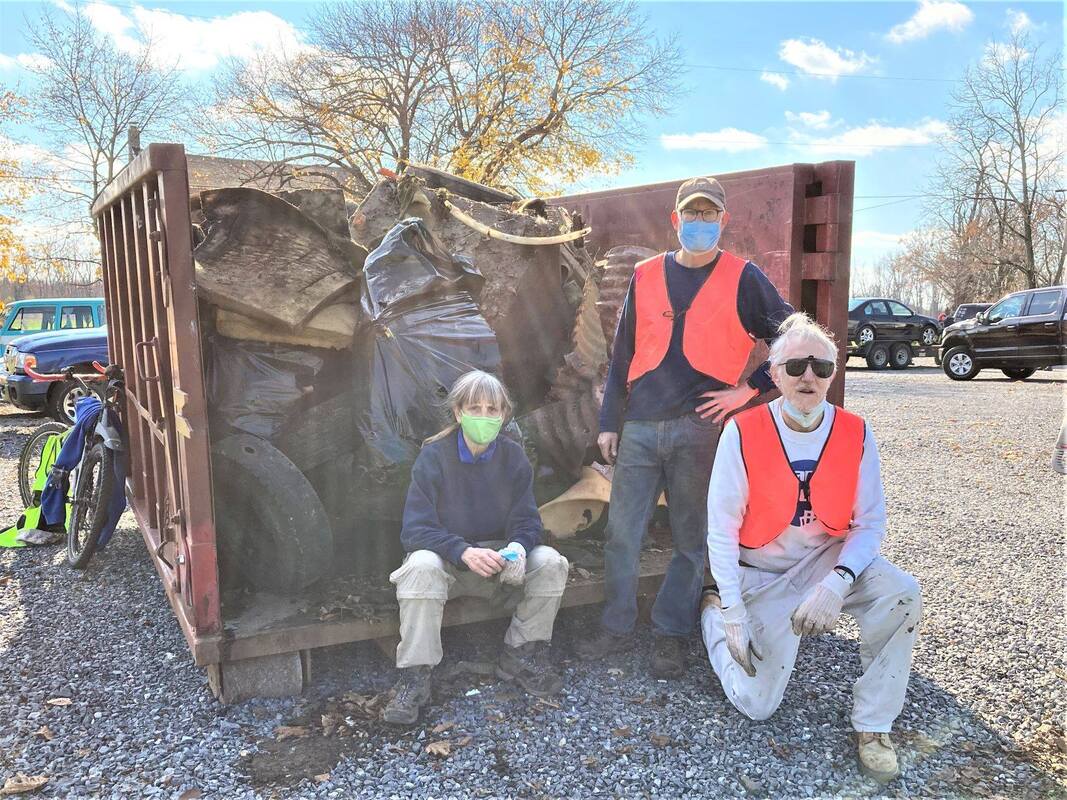
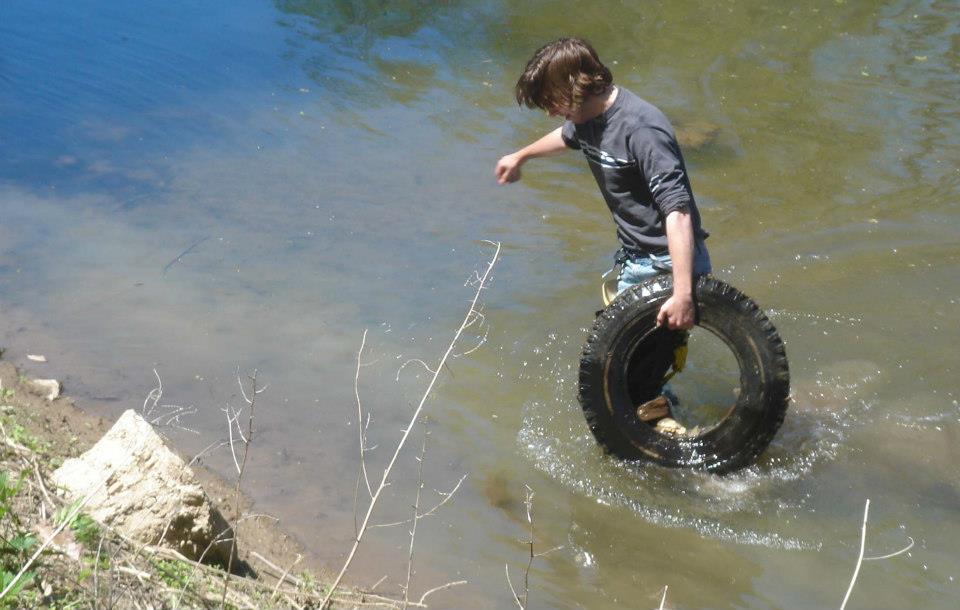
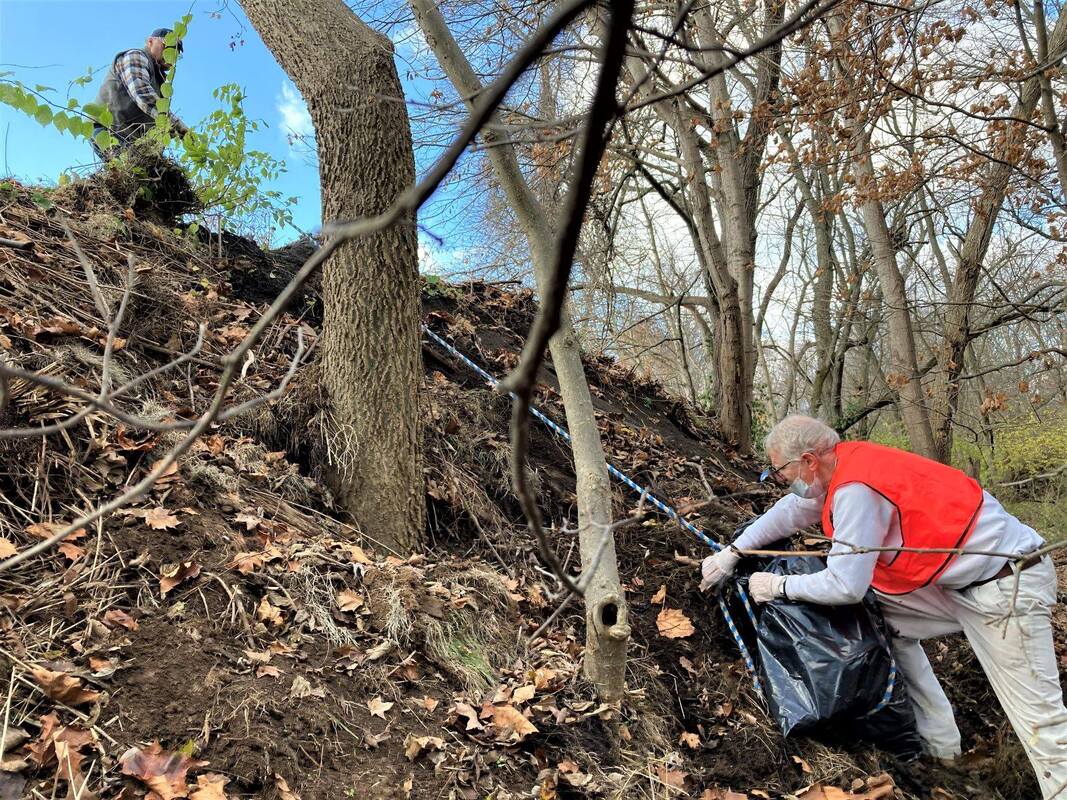
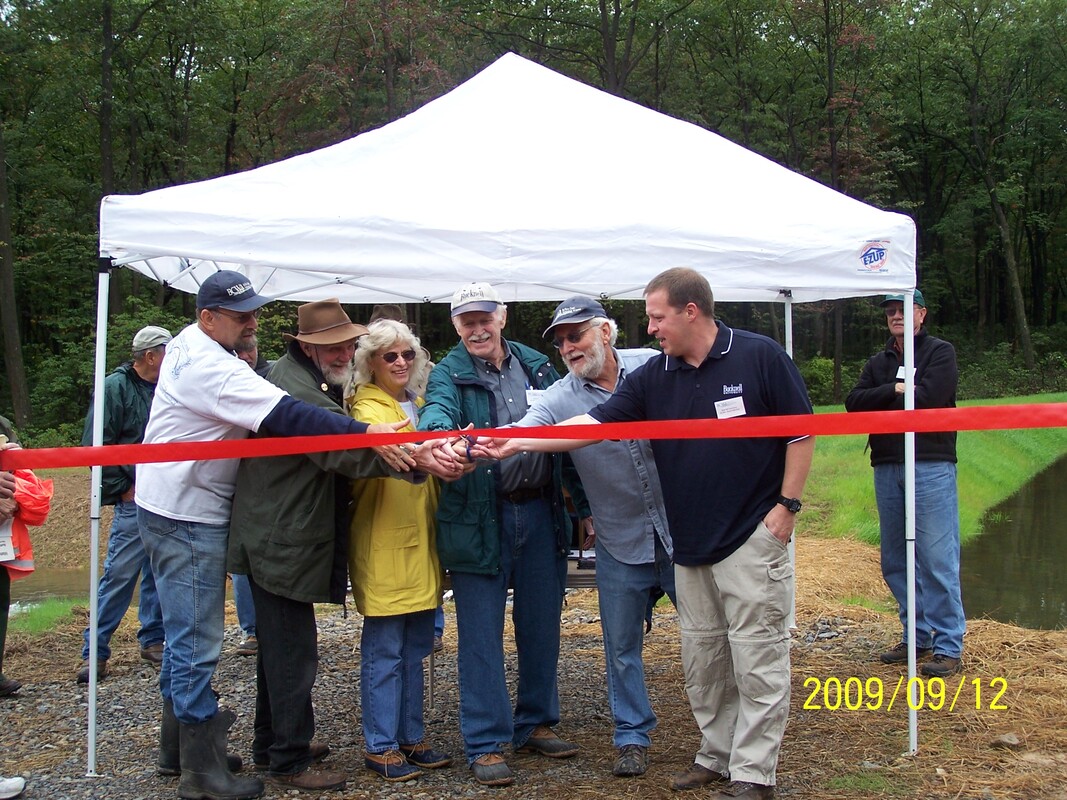
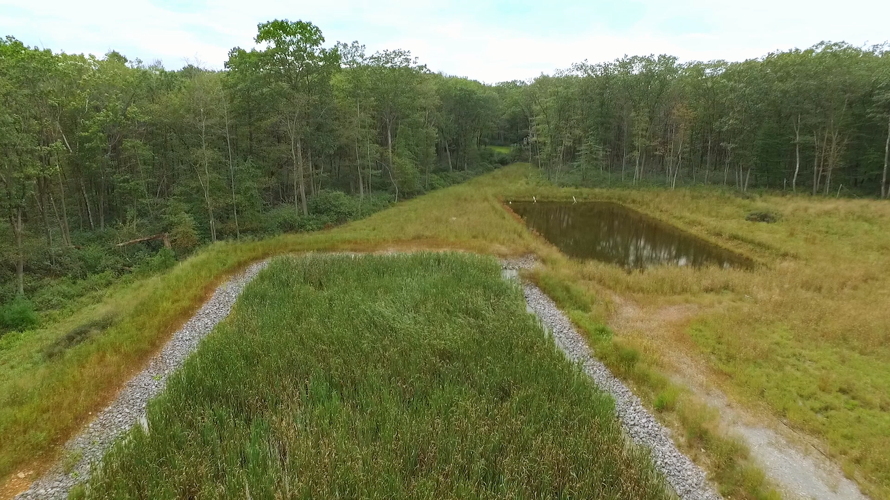
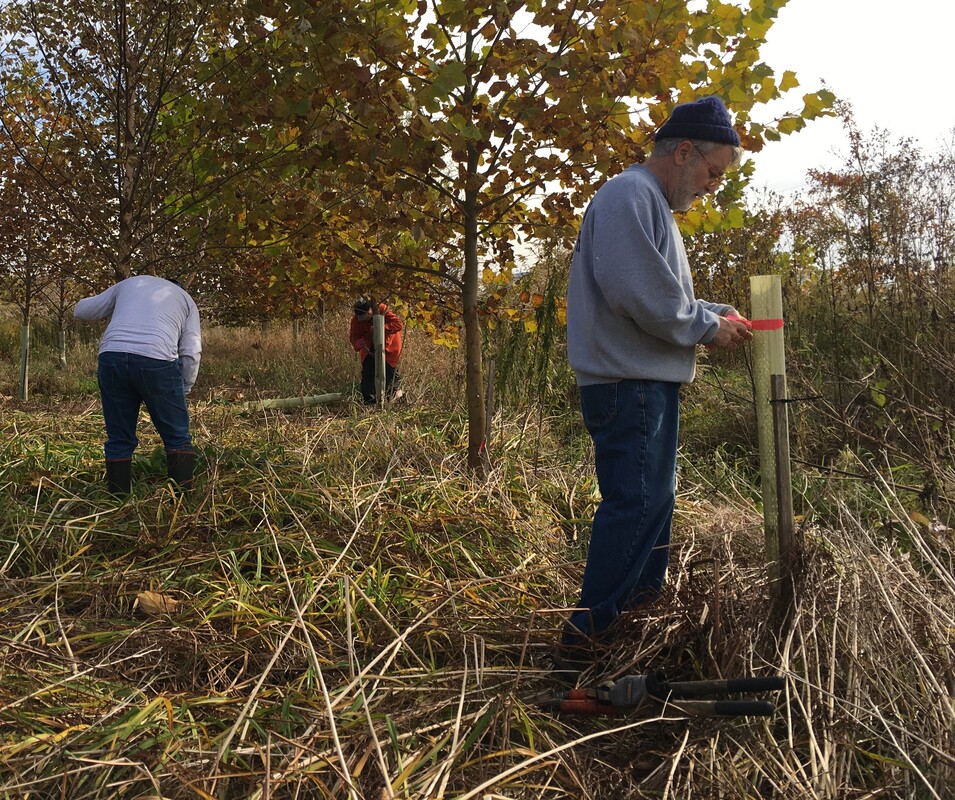
 RSS Feed
RSS Feed